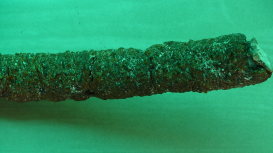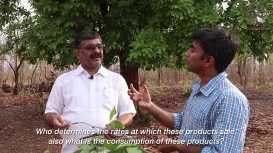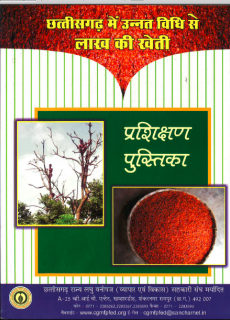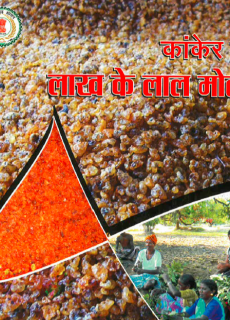Lac is one oldest resins known to mankind. It is formed from the secretions of particular species of insect on host trees. In India lac resin is found in the belt that stretches from Maharashtara in the west to West Bengal. In Chhattisgarh, as in other places, lac was earlier found naturally, but has been cultivated in suitable areas to increase production for commercial use. Kanker and Charama have been found to be suitable for lac cultivation.
Lac is cultivated in two seasons- summer and monsoon. Two distinctive types of lac are found in Chhattisgarh: Kusumi and Rangini based on types of host trees. While lac cultivated on the Palash tree is called Rangini, that cultivated on the Kusum tree is called Kusumi . This module traces the story of lac cultivation in Chhattisgarh, detailing species of trees and insects that produce lac, the process of cultivating and processing lac and the markets that have evolved based on the ever increasing commercial uses of lac. Today perhaps the most extensively used lac based product is shellac - used in a variety of applications from paint to varnish. With ever growing markets for lac based products, lac has become one of the most exploited cash crops in Chhattisgarh.
This content has been created as part of a project commissioned by the Directorate of Culture and archaeology, Government of Chhattisgarh to document the cultural and natural heritage of the state of Chhattisgarh.








